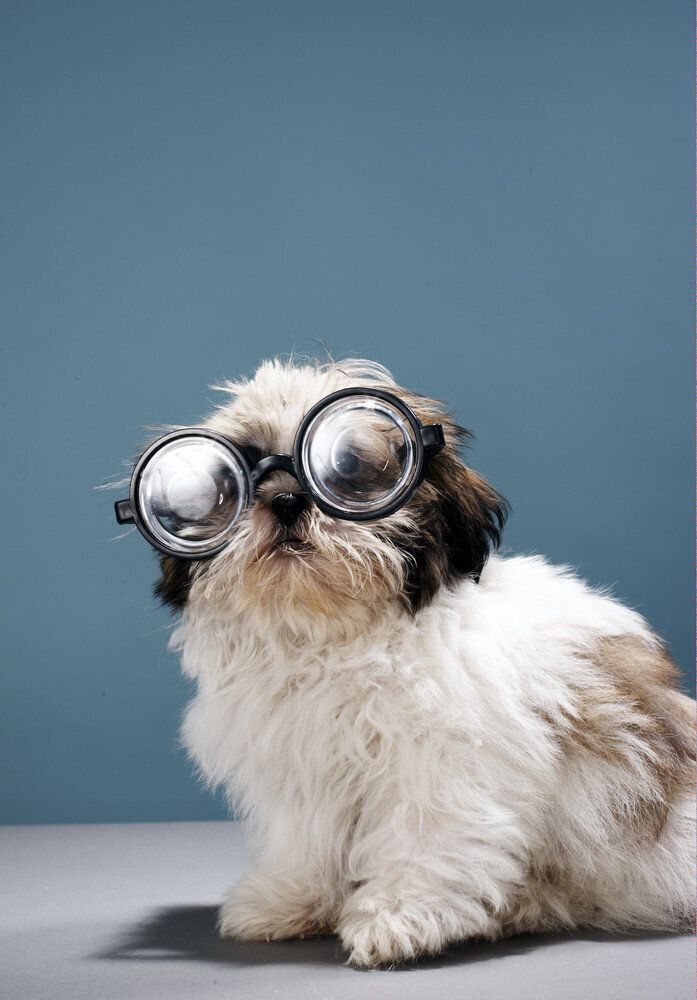Dogs might have evolved to look like cute human babies, a study has suggested.
In the study, rescue dogs that were best able to pull on the heart strings of prospective owners were most likely to get new homes.
Their secret was to raise their inner brows and make their eyes appear larger - like those of a baby.

Above: The findings may also explain the attraction of people with big and cute "puppy dog" or "doe" eyes.
Scientists believe it is evidence that domestic dogs have evolved to capitalise on a natural human preference for child-like faces.
Study leader Dr Bridget Waller, an expert in social communication from the University of Portsmouth, said: "The results of this research suggest that wolves which produced child-like expressions may have been more tolerated by humans, and so modern dogs have inherited these features.
"Our study suggests that dogs' facial movements have evolved in response to a human preference for child-like characteristics. In other words, we might have automatically opted for dogs which produced facial movements that enhanced their baby-like faces.
"Raised inner brows are also closely associated with sadness in humans and so another possibility is that humans are responding to a perceived sadness in the dog."
Dr Waller's team developed a special tool for the analysis of dog facial expressions called DogFACs.
Using the technology, the scientists studied 27 dogs in re-homing shelters, counting the number of times each animal raised its inner brows and widened its eyes when a prospective new owner approached.
The dogs, all Staffordshire bull terriers and Mastiffs needing a new home, were between seven months and eight years old.
Dogs were observed as prospective owners came and stood in front of their pens, with every muscle movement in their faces recorded.
Those which actively raised their inner brows and widened their eyes were re-homed faster than those which did not.
The findings are reported in the latest edition of the online journal Public Library of Science ONE.
Co-author Dr Juliane Kaminski, head of the new Dog Cognition Centre based at the University of Portsmouth, said:
"Little is known about the early domestication of wolves and it is likely to have been a complex evolutionary process. It is clear that specific physical features were actively selected for as wolves were domesticated to become dogs, but other features may have also been selected for unconsciously.
"The results suggest dogs have evolved childlike facial features which make them more attractive to humans. It is highly likely that these facial expressions do not make a dog a better pet than one that doesn't widen its eyes, but this superficial trait is still preferred over other traits, such as tail wagging."
In many ways, adult domestic dogs resemble wolf puppies, said the researchers.
Previous studies indicated this was an accidental by-product of humans avoiding aggressive animals. The new research supports the idea that child-like facial expressions in domestic dogs arose as a result of indirect selection by humans.
